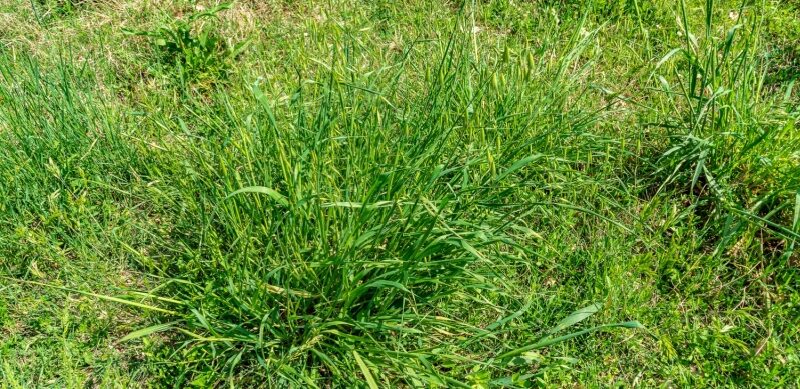How Do I Get Rid of Crabgrass?

Crabgrass can be a homeowner’s worst nightmare when it comes to maintaining a healthy and attractive lawn. This tough, fast-growing weed can spread rapidly if left unchecked, making it difficult to control once established. If you’ve been struggling with crabgrass in your yard, don’t worry—there are effective ways to get rid of it and prevent future outbreaks.
Step 1: Early Prevention with Pre-Emergent Herbicides
One of the most effective ways to stop crabgrass in its tracks is by using pre-emergent herbicides. These products work by preventing crabgrass seeds from germinating, stopping the problem before it even starts. In Fresno, where crabgrass thrives in the warm climate, it’s crucial to apply pre-emergent herbicides early in the season—typically in late winter or early spring, before soil temperatures rise above 55°F.
When applying pre-emergent herbicide, make sure to follow the product instructions carefully. A thorough and even application across your lawn is key to preventing crabgrass from taking hold.
Step 2: Spot Treating with Post-Emergent Herbicides
If crabgrass has already started growing in your yard, post-emergent herbicides are your next best option. These products are designed to kill crabgrass once it’s visible, though they work best when applied during the early growth stages.
When spot-treating crabgrass, focus on the areas where the weed is most concentrated. Be sure to use a selective herbicide that targets crabgrass without harming your healthy grass. This is especially important if you have a cool-season grass lawn, which can be sensitive to certain herbicides.
Step 3: Pulling Crabgrass by Hand
For small patches of crabgrass, hand-pulling can be an effective method of removal. Make sure to pull the entire plant, including the roots, to prevent it from growing back. Crabgrass is easiest to pull when the soil is moist, so consider doing this after watering your lawn or following a rainfall.
While hand-pulling is time-consuming, it can be a great solution for isolated crabgrass patches that haven’t yet spread throughout your yard.
Step 4: Mowing and Watering Properly
Mowing your lawn at the right height is one of the simplest ways to prevent crabgrass from taking over. By keeping your grass taller—around 2.5 to 3 inches—you’ll help shade the soil and prevent crabgrass seeds from getting enough sunlight to germinate.
In addition, watering your lawn properly is essential. Crabgrass is more likely to thrive in lawns that are watered infrequently but with shallow amounts of water. To keep your grass healthy and discourage crabgrass, water deeply and consistently, making sure your lawn gets about 1 to 1.5 inches of water per week.
Step 5: Maintaining a Healthy Lawn
A thick, healthy lawn is the best defense against crabgrass and other weeds. Regular fertilization, overseeding, and proper aeration will help your grass stay dense and strong, making it harder for crabgrass to gain a foothold. Pay attention to any bare or thin spots in your lawn and address them quickly with overseeding and fertilization to prevent crabgrass from filling in the gaps.
Why Professional Help Can Make a Difference
While these DIY methods can be effective, crabgrass can be stubborn and difficult to control on your own—especially if you’re dealing with a large infestation. In these cases, working with a professional lawn care service can save you time and ensure that your crabgrass problem is treated thoroughly and effectively.
The lawn care experts at The Experienced Gardener have access to professional-grade herbicides and equipment that can target crabgrass more efficiently. Plus, they can provide tailored advice and ongoing maintenance to keep your lawn crabgrass-free throughout the growing season.


